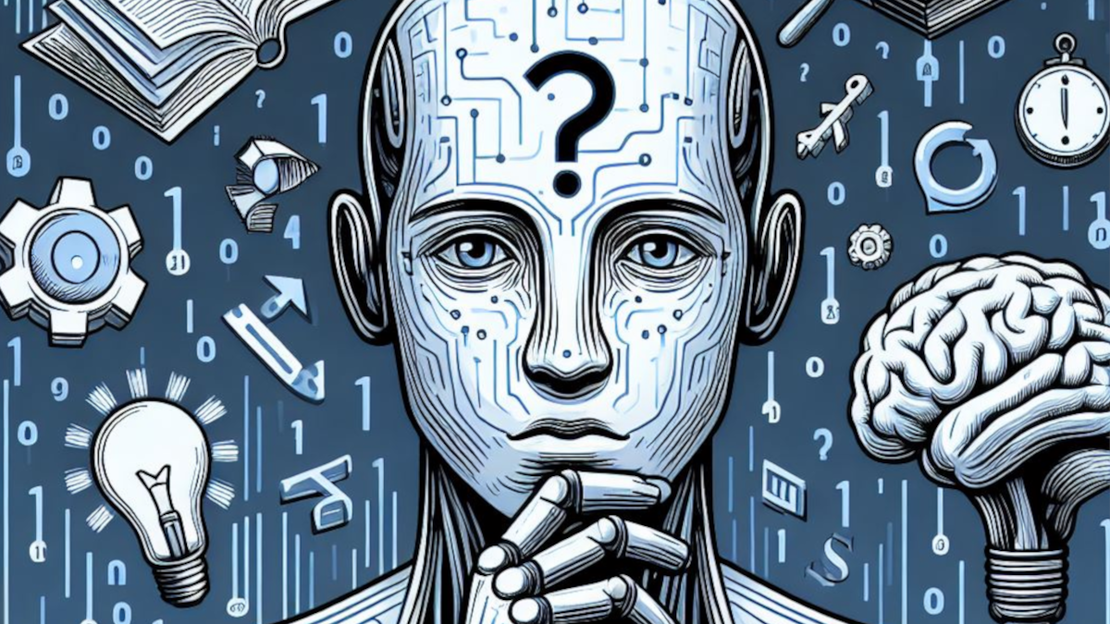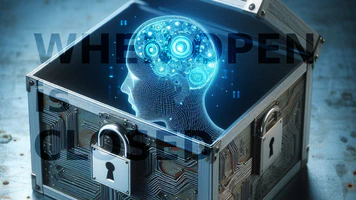
The Model Openness Framework: Openness for Thee, Not for Me?
- Justin Riddiough
- March 28, 2024
The promise of open source artificial intelligence is undeniable. Transparency, reproducibility, and unfettered innovation are the cornerstones of this exciting movement. A recent whitepaper, “The Model Openness Framework: Promoting Completeness and Openness for Reproducibility, Transparency and Usability in AI” from the Generative AI Commons, seeks to champion these very principles. Yet, there’s a puzzling detail: the paper itself is released under a Creative Commons license with a non-commercial clause (CC-NC-SA).

The Irony of Restricted Openness
This contradiction raises questions. The paper advocates for the unrestricted sharing of knowledge, but its own license subtly restricts how that knowledge can be used. It’s a roadblock for websites like mine, which seek to explain and promote open-source AI models but rely on advertising for sustainability.
Is this an oversight? Or does it signal a lingering hesitation to fully embrace openness in all its forms? Perhaps there are concerns about commercial exploitation of academic work. However, this seems at odds with the very goals of “accelerating adoption and impact” that the paper champions.
The Limitations of CC-NC-SA
- 🚫 Freedom to use for commercial purposes: You cannot directly monetize any work derived from the paper. This includes incorporating its findings into products or services intended for sale, or using it in a way that generates revenue.
- 🚫 Freedom to redistribute commercially: You are prevented from sharing or distributing adapted or original versions of the paper in any way that involves financial transactions.
- 🚫 Freedom to use on ad-supported platforms: Websites and publications that rely on advertising revenue, even if they are primarily educational or informational, are restricted from fully utilizing the paper’s content under this license.
- 🚫 Freedom to create derivative works for wider distribution: Because you cannot freely redistribute or commercially use the paper, creating and sharing derivative works (such as translations, summaries, or visual adaptations) for a wider audience becomes significantly limited.
The Open Source AI Definition Challenge
The timing of this is particularly interesting, as groups like the Open Source Initiative (OSI) are actively working to define what truly constitutes “Open Source AI”. The Generative AI Commons paper, along with the OSI’s efforts, highlight the ongoing tension between promoting openness and potentially limiting how that released work can be used.

Attempts to raise concerns about this have been shrugged off. Given little room to explore this further, it’s unclear whether this is a conscious choice or an oversight. The paper’s authors may have valid reasons for this decision, but it’s a reminder that even in the open-source community, there are differing opinions on what “open” truly means.

The Quest for True Openness
Fascinating points in "The Model Openness Framework". Curious about the choice of a CC-NC-SA license. Given the paper's emphasis on openness, wouldn't a fully open license better align with the goals of reproducibility and transparency?
— AI Models | Visit at aimodels.org | Open Source AI (@aimodels_org) March 28, 2024
I’ve reached out directly to the paper’s principal author, Matt White, for clarification on this choice. In the meantime, the irony remains. The quest for open source AI is vital, but even its most ardent supporters seem to draw the line somewhere. Is true openness achievable, or will there always be caveats and asterisks attached?
Follow AI Models on Google News
An easy & free way to support AI Models is to follow our google news feed! More followers will help us reach a wider audience!
Google News: AI Models

